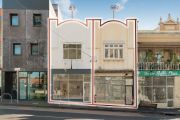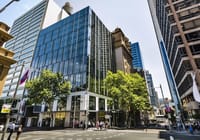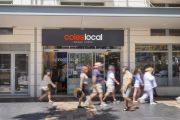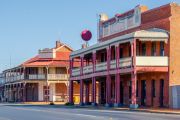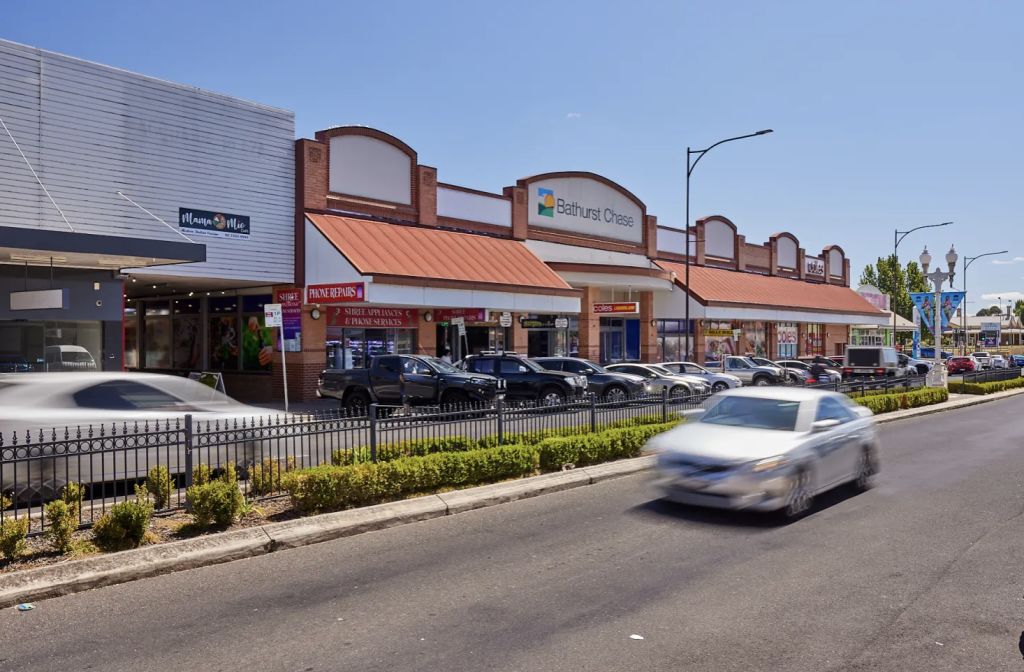
Food-anchored malls on investors' shopping lists
Investors are still attracted to bricks and mortar shopping malls, with the most sought-after features convenience and neighbourhood assets that are anchored by a supermarket and home to supplementary specialty food retailers.
While online retailing is now an entrenched part of shopping habits – 10.3 per cent of all retail sales are made online – food represents just 5.6 per cent of that amount.
One of the latest sales is the Bathurst Chase shopping centre in regional NSW, which is a convenience and service-focused neighbourhood mall anchored by Coles and Liquorland. The 11,710 square metre freehold site within the heart of the Bathurst CBD is also home to a range of food and non-discretionary retailers.
CBRE’s James Douglas, Joe Tynan and Michael Hedger together with Stonebridge’s Philip Gartland and Alex James-Elliott have been appointed to steer the on-market sale campaign with price expectations at about $20 million.
“The centre’s established loyal customer base and extensive trade area population of 43,850, coupled with its strongly trading Coles offering and income upside, will appeal to a wide range of investors, including institutional buyers, syndications and private groups,” Douglas said.
Stonebridge’s Gartland added that in the current changing market, the ability to secure a neighbourhood shopping centre with tangible competitive advantages and genuine value add opportunities will prove highly attractive.
“Of particular appeal is the relative capital value of assets on a dollar per square metre basis in comparison to current high construction costs, with many assets sitting below replacement cost,” Gartland said.
Ray White head of research Vanessa Rader said the ongoing need for bricks and mortar retailers, particularly in the food sector, will ensure the continued need for shopping centres anchored by supermarkets.
Over the last year, non-food online retailing accounts for 16.5 per cent of all retail sales, while food represents just 5.6 per cent after peaking at 7.4 per cent during the pandemic.
“Shopping centres are not dead, however, the tenant types which occupy brick and mortar retail are certainly changing, with a greater weighting to food and service type industries,” Rader said.
Last year there were more than $14.56 billion in retail assets which transacted across Australia, highlighting a strong confidence in this asset class by a range of private and institutional investors.
Another large deal is by the Lendlease-managed Australian Prime Property Fund Retail and its listed manager, which is selling its Craigieburn Central in Melbourne for a reported $300 million to funds investment group IP Generation.
It is owned 75 per cent by the fund and 25 per cent by Lendlease, and has the potential to develop the surrounding land. The sale is part of the Lendlease-run trust’s asset divestment program.
Rader said convenience and neighbourhood assets remain in high demand given this attraction to food, often anchored by a supermarket and home to supplementary specialty food retailers.
“Returns data from MSCI also suggests that subregional and neighbourhood centres have outperformed across both capital and income returns over the last year compared to larger major and super regional centres,” she said.
Demand for mall was also evident in the recent strong financial results for the country’s two largest retail landlords, Scentre Group and Vicinity.

